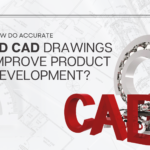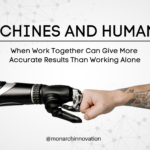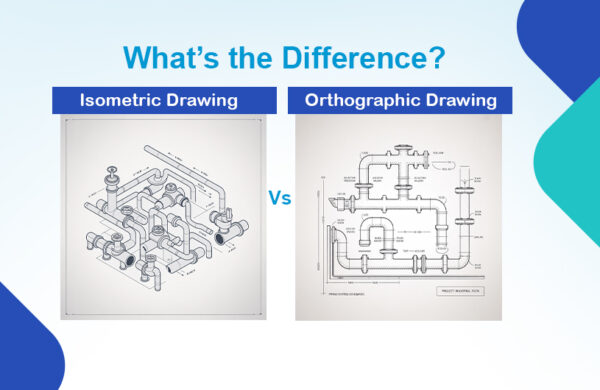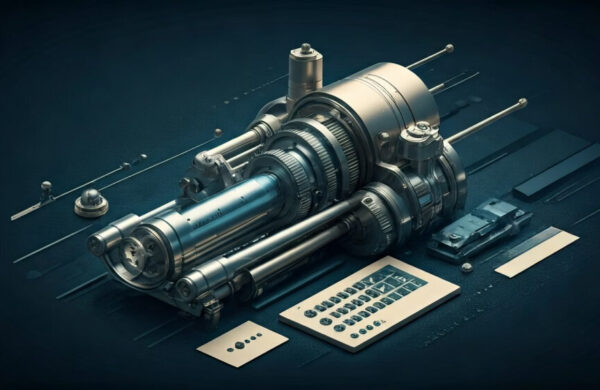Introduction
Too often a product launch doesn’t get the commitment or focus it needs , it always starts with good intentions and realistic expectations but at some point the process falls apart , every product development project starts with identifying your market and defining your product capabilities and it ends with product sales and distribution , in between the idea of initial concept and design to prototype and manufacturing , the process often combines specialized engineering skills and advanced manufacturing technology and capabilities.
The OEM guide will help you from the design to the end product and cover some of the common issues that you might face in each stage of product development.
What does OEM guide help you with
OEM guide helps and provide a better communication of product design and getting everything ready for the action in the best possible way
Some steps that are followed in product design are –
- Identification and development of design discipline scope of works.
- Management of design contractors and their process control.
- Provision of design disciplines including control & instrumentation, electrical, civil, and mechanical processes.
- Management of design interface between designers and 3rd parties.
- Management of design strategies & ideologies. .
Benefits include:
- Gaps in resources eradicated.
- Contractor retains ownership over design and construction processes.
- The contractor/designer retains a reputation for providing “complete” design.
- Allows client to manage the sections / disciplines they know and we do the rest.
OEM’s guide to product design
Step1- Product Concept
You start with an idea Ideas come and go. The better ideas stick around awhile. The very best reach this stage in the process. When you have an idea for a new product, you need to share it.
basic questions to be asked :
- What will this product do?
- Will it be a new product or an improvement of an existing product?
- Who will use it?
- What market will it serve and what market requirements will you face?
- What will it replace?
- How will they use it?
- What will they be willing to pay for it?
- What will it cost you to produce? These questions will help you define the “form, fit and function” of your new product – and its overall viability as a profit-making product.
Step 2- Product Specifications
You know what you want to build. You’ve shared it with others, you have a consensus and you have a rendering.
- What are the functional specifications of this product? Beyond the primary function, what else will it do? What additional features should the product have?
- What are the design specifications? Will this be a hand-held tool, a desktop product or a standalone? What size and weight factors need to be considered? How will it be stored?
- What are the regulatory requirements? Have you considered the different safety, quality and package design requirements for different countries?
- What environmental factors should you consider? Will the product be used around water or in hot or cold temperatures? What about explosive environments? Will power limitations be a concern?
Step 3- Proof of Concept
With your rendering and user specifications in place, it’s time to prove your concept – to demonstrate that your product will work as intended.
This prototype is not a finished design. It’s often a group of off-the-shelf components integrated to perform the basic function of the product. It is created to check whether the product that has been described, will be the outcome of it, and if not, the process is done from the start.
Step -4 Product Design
Product Design takes your initial prototype to the next level with a more finished and more functional version of your product. The prototype takes into account the more complete user experience – and will bear a closer resemblance to the end product. It will not be a replica, however. In this phase, the prototype should reflect what was outlined in Product Requirements it will help you assess individual components of the product – for their performance, manufacturing suitability and costs. Depending on the type of product being developed.
Step 5- Verification and Validation
Design Verification The design verification is one of the most significant quality steps in the product development process. Your product design will be examined to show that the new product, as designed, will meet the product specifications, performance expectations and all applicable regulatory requirements. This verification activity includes design reviews, testing, and regulatory approval.
Product Validation At the same time, the product needs to be validated against the marketing expectations. It is important to test the product to be sure that it performs its intended function as originally described by marketing.
Step 6 – Manufacturing Process Design
If you consider the manufacturing facility to be the machine that produces your product, it stands to reason that you want this machine to be properly designed, easily maintained, and flexible, it must meet the highest quality standards
The key questions to ask :
- Is the manufacturer well suit for the type of products you need produced?
- Does it have the in-house capability to meet all your needs?
- Will your production volume be the right fit for the manufacturer?
- What systems will be in place to ensure consistent quality?
- What testing and calibration will take place before product is complete?
- Will the manufacturer handle inventory?
- What is the packaging and shipping process?
- Will the manufacturer be expected to handle accessories, spare parts and repair.
Step -7 Manufacturing
This transition needs to be seamless and completely free of the types of problems you might expect when a product is designed by one organization and manufactured by another.
Depending on your project, you will also want to pay close attention to your designated facility section. The manufacturer will set aside some work stations or selected machinery for your project.
Step -8 Sustaining Services
You will need to have a fully equipped and staffed service and repair division, which is available to perform both in-warranty and out-of-warranty service, repair, and calibration. Technicians will need to be fully trained to perform fast, reliable repair and recalibration of your product. You will also need to set up and maintain an inventory of spare parts and consumable replacement components.
Prototype Design
Prototypes have been made, tested, checked, remade, and repurposed, and you’ve produced something that works how you wanted it to. After all of the testing and creating, a factory was chosen out of the hundreds of options available. Working with them, a production process has been created and finally, in your hands is the thing you wanted to make.
It’s not over at this juncture; far from it. If you want your product to be a continuing success there are still things you need to look after.
Conclusion
All in all an OEM guide to product design and manufacturing helps you in many ways to get a well-designed and detailed process that creates specifications is going to go a long way in making your journey easier. That shouldn’t be the end of your involvement in the process, even if your manufacturer agrees to take on all of the post-shipping aftercare. Monarch Innovation is a leading design and engineering company in India with very dedicated minds and design solutions. If you are looking for 3D modelling services, product design then contact us here.





